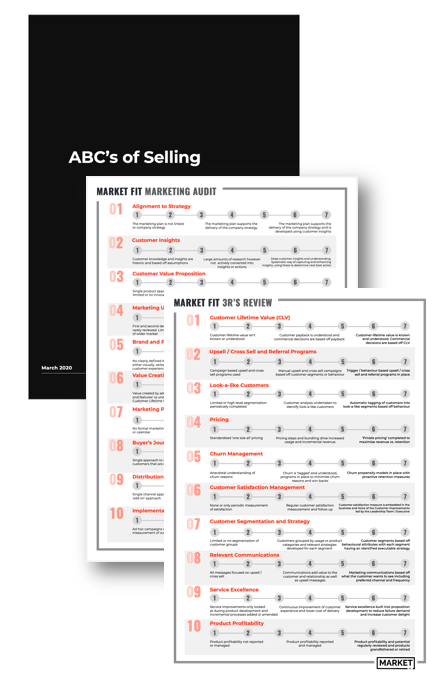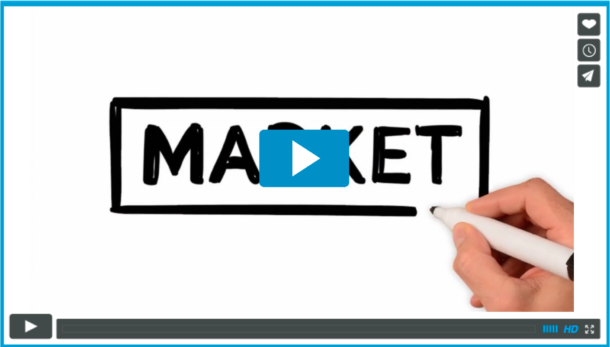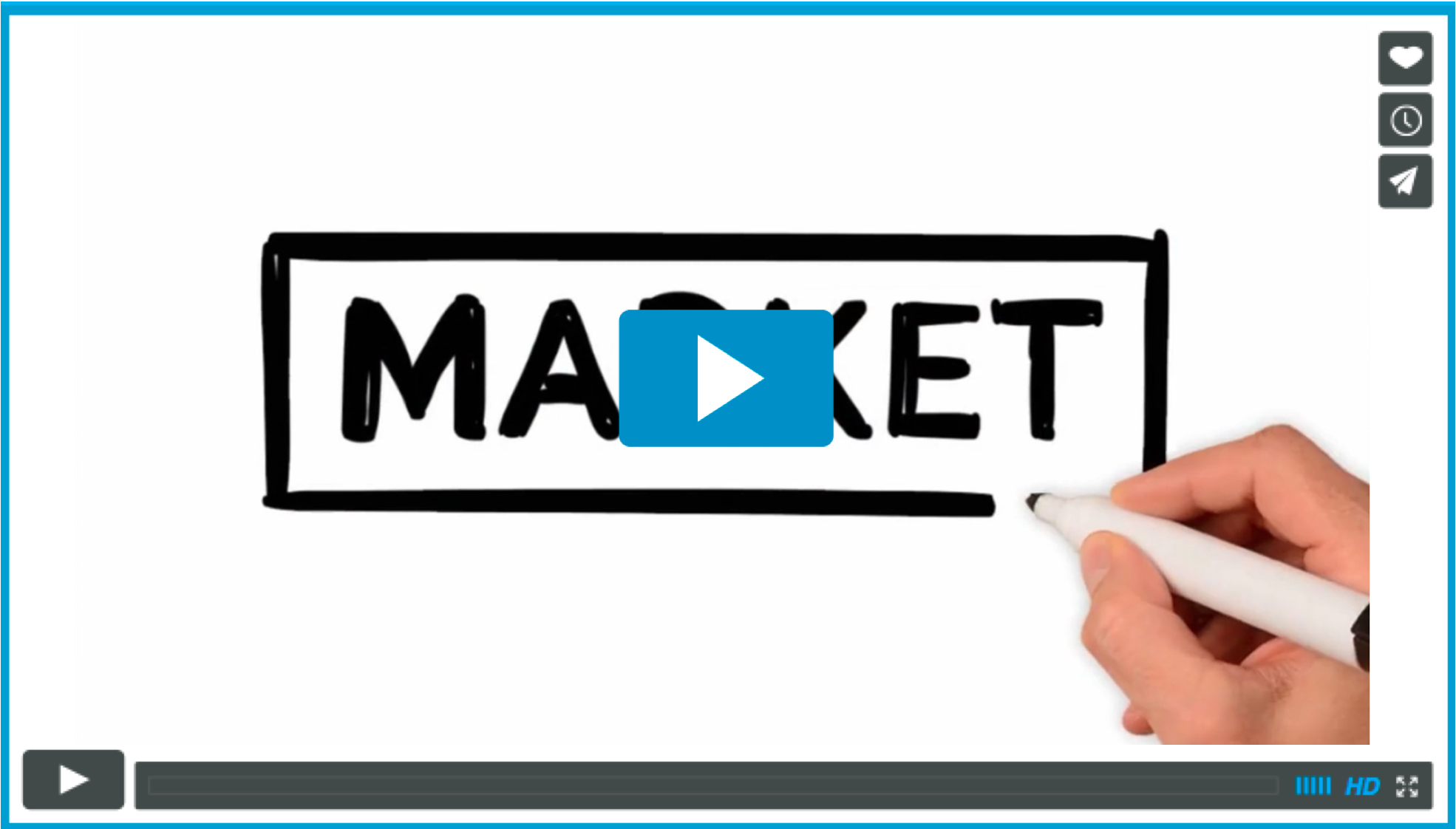A frequent challenge for clients in growing a digital business is identifying their ideal commercial model. In the last month I’ve worked on this question with a couple of clients – both of them wanted to learn more about “freemium”.
The rise in freemium has been enabled in part by delivery costs for digital products or SaaS businesses decreasing to commodity level. This in turn has largely been driven by the celebrated Moore’s law. Loosely speaking, as computer power doubles every 18 months (with little incremental expense), the cost of adding an additional customer is reduced to almost zero. This frees a company to act creatively to attract new customers.
At its simplest, freemium combines the concepts of free and premium – a basic version of your product is given away for free on the assumption your heavy (or super) users will be willing to upgrade to paid premium features and functionality. Products such as web apps (or online software) and industries such as online gaming naturally gravitate towards freemium as it’s an easy way for a customer to “suck and see” before committing to payment.
Producers face a delicate balance with freemium – whilst the free component of the product must have limited functionality so as to encourage consumers to migrate to the paid version, it also needs to offer enough features to satisfy a significant portion of your base. And – significantly – the producer needs to openly commit to providing this functionality for free forever, removing any customer barrier to entry.
The established adoption model for freemium suggests 95% of your customers will never move away from free. If only 3-5% of your consumers will upgrade to a paid model, there are some non-negotiable business conditions you need to meet before considering the model:
- Is the incremental cost of adding a customer truly close to zero for your business?
- Is the cost to your consumer of moving from free to premium relatively modest?
- Given a 3-5% conversion rate does your business have mass (and typically international) scale to drive strong revenue?
- Successful freemium businesses typically have high customer interaction, with the customer returning loyally to use the product on a daily or weekly basis. Frequency builds consumer attachment which increases likelihood of conversion. Is this your business?
The digital filing service Evernote is one of the longest running and most popular freemium businesses. With a great track record in this area, they recently tweaked their model and took the opportunity to share some of their insights around the model.
Evernote to change premium price as CEO says ‘it was the wrong price’
- “We launched seven years ago at $5 a month, but we realised a couple of years ago that it was the wrong price.” – Phil Libin, CEO Evernote.
- The free version of Evernote remains “the main version”. Rather than restrict free features, the company wants people to pay because they love the upgrade.
- The longer you use it, the more likely you are to pay for it…“In the first month, we had one-half of a percent of our users paying. After a year it was 5%… and after six years, 30% pay. So it’s more important that you stay than you pay.”
- As the model matured, Evernote saw the opportunity to change pricing, introducing a mid-tier price and at the same time increasing the premium price.
In one of my previous roles I inherited a freemium business – while the core platform was strong, the wider business failed to meet at least three of the conditions I outlined earlier in this piece which led to my recommendation to close it.
- We had the free/paid balance wrong, giving away too much, and not offering sufficient additional functionality to migrate our heavy users to paying models
- We got pricing wrong, believing any increase in the premium product price would impact the uptake beyond the already challenging 3-5% target
- We failed to consider scale. Even if we had successfully managed the product and price issues inherent in the product, we just couldn’t generate enough scale in a local business to turn our 3-5% into a profitable business.
As an indication of the prevalence of freemium products in today’s world, it’s worth noting many of the services I use to produce this blog are freemium (and yes, while I use the free components, I am part of that 3-5% who have migrated to payment…)
- Evernote: for capturing ideas, researching the ideas and writing the blog,
- Picmonkey: for photo editing,
- Mailchimp: for sending and managing the newsletter database.
Key Takeaways
If you are thinking about freemium, here are the big issues you need to consider:
- Does your product have scale and reach to turn a profit from a 3-5% paying base?
- Does your product have built into its design a daily or weekly customer engagement?
- Does your product have functionality to appeal to a mass level of free users, and offer compelling enough functionality for your paying super-users?
- Does your investor have the stomach (and/or deep pockets) to fund a freemium product?
And finally, it’s crucial you are committed to your customer promise inherent in the freemium model –that the free component of your product will remain free forever.





